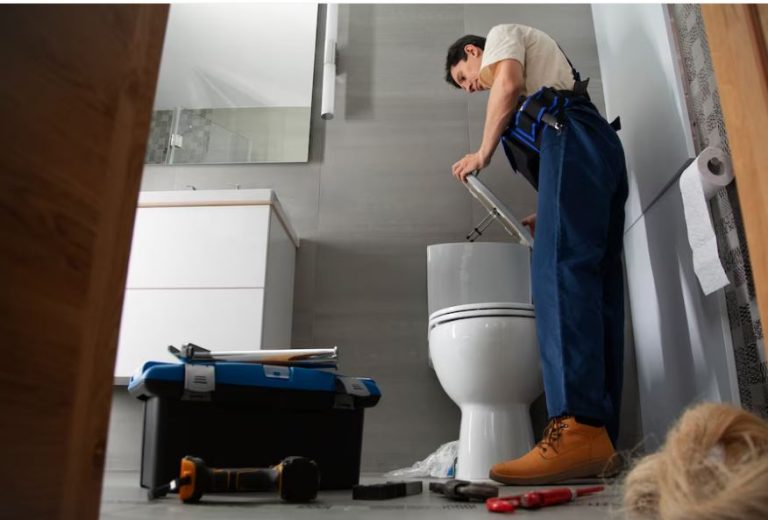Bathrooms are both a haven and a practical area in the center of many homes. However, remodeling one is still a financially intimidating prospect for many Americans. Offering more than just money, the 2024 Bathroom Remodel Relief Service emerges as a remarkably successful solution. It gives hope. This project turns ordinary bathrooms into accessible, environmentally friendly, and aesthetically beautiful areas without breaking the bank by specifically focusing on low-income families, veterans, and underprivileged homeowners.
The program offers a mix of grants, rebates, and low-interest loans through carefully crafted assistance, making high-impact renovations surprisingly affordable. Instead of serving as a one-size-fits-all solution, it takes into account the needs of each individual household, balancing contemporary design with energy efficiency, safety, and individual dignity. For many, it’s a return to comfort and independence rather than merely a renovation.
Table – 2024 Bathroom Remodel Relief Service Details
| Category | Information |
|---|---|
| Program Name | 2024 Bathroom Remodel Relief Service |
| Support Types | Grants, Rebates, Low-Interest Loans |
| Administered By | HUD, USDA, EPA, VA, State & Local Authorities |
| Eligibility Factors | Income level, Veteran status, Disability, Rural location, Type of remodel |
| What’s Covered | Water-saving upgrades, accessibility improvements, layout redesigns |
| Design Assistance | Free or subsidized interior design consultations |
| Average Savings Range | $2,500 – $10,000 |
| Where to Apply | USA.gov, local housing departments |
| Common Beneficiaries | Veterans, Seniors, Disabled Individuals, Low-Income Families |
| Red Flag Warning | Avoid unofficial ads; apply only through verified government channels |
Money That Gets to the Correct People
In an attempt to address the growing demand for infrastructure over the last ten years, federal housing initiatives have strangely neglected bathroom remodeling. This oversight has been remarkably rectified in recent months. The 2024 program allocates funds to projects that improve housing equity and quality of life by utilizing federal resources and public-private partnerships.
One particularly noteworthy example is from New Mexico, where a disabled veteran was given money to completely renovate their bathroom. Within six weeks, grab bars, roll-in shower access, and non-slip flooring were installed. The transformation was more than just a physical one for him; it gave him back his independence.
Such projects are especially valuable in light of growing utility costs and more constrained family budgets. Thanks to eco-forward installations, homeowners are not only saving money up front but also drastically lowering their long-term energy and water expenses.
The Emergence of Eco-Friendly Interior Design
Through the integration of USDA-funded water system upgrades and EPA WaterSense-certified fixtures, this service promotes environmentally and financially responsible choices. Utility bills are improving for homeowners who install motion-sensor faucets, LED-lit mirrors, or low-flow toilets. Significantly increased energy efficiency not only complies with regulations but also builds homes that are ready for the future.
Additionally, free consultations with qualified professionals have proven especially helpful for early-stage remodelers who are having trouble making design decisions. These professionals, who are frequently involved in neighborhood initiatives, assist homeowners in redesigning cramped or antiquated bathrooms with multipurpose fixtures, bold yet functional finishes, and space-maximizing designs.
A National Initiative with Local Influence
This program’s ability to adjust to local needs is what makes it so flexible. Rural communities frequently place a higher priority on septic integration or water supply upgrades than urban families do on compact design. The federal framework enables localized, context-aware remodeling by working with state-level agencies, filling in the gaps left by conventional one-size-fits-all subsidies.
This decentralized yet unified strategy is anticipated to transform home renovation financing in the upcoming years. Counties in Florida, Oregon, and Kentucky are already implementing hybrid forms of the program that significantly increase impact by adding state grants on top of federal funding.
How to Apply So You Don’t Get Scammed
Social media has been overrun with false information since the program’s inception. Unfortunately, scams are common, ranging from ostentatious Facebook advertisements to ambiguous Instagram posts that promise “instant government aid.” Applicants should only apply through authorized HUD offices or official websites like USA.gov for safety. Reputable programs will never demand payment in advance or ask for personal bank information over the phone.
Important paperwork, such as ownership records, proof of income, and in certain situations, a contractor’s estimate, should be ready before applying. Early submission of all necessary information significantly increases the likelihood that an application will be approved on time.
Beyond Bathrooms: Developing Dignity and Resilience
This service provides more than just improved tile or plumbing work for middle-class families, retirees, and those with physical disabilities. It offers dignity, comfort, and control. Once viewed as liabilities, homes are now being transformed into assets through strategic partnerships with municipalities and nonprofits, restoring not only spaces but also lives.
Surprisingly, this is not a transient offering. The 2024 Bathroom Remodel Relief Service is laying the groundwork for future housing assistance initiatives across the country by showcasing how focused remodeling can enhance public health and strengthen communities.


